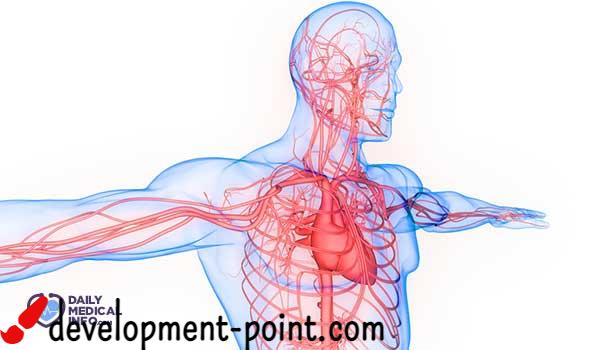What is the function of the esophagus in the human digestive system?
If the mouth is the entrance for food and drink into the body, the esophagus is the highway they travel to reach the stomach. It works as one of the parts of the digestive system, and although it has a very simple function, it may suffer from many disorders.
What is the esophagus?
The esophagus (in English Esophagus) is a hollow muscular tube that starts at the throat (pharynx) and passes through the diaphragm until it reaches the stomach, passing behind the trachea and in front of the spine.
It is usually about 25 cm (9 to 10 in) long in adults. There are two types of areas that can open and close the esophagus:
- The upper esophageal sphincter (UES): which is subject to voluntary and involuntary control as well, it works to prevent food and liquids from entering the trachea, in addition to controlling some processes such as vomiting.
- The lower esophageal sphincter (LES): which is not under conscious control (autonomic control), and works to prevent stomach acid from moving up into the esophagus.
esophageal function
The primary function of the esophagus is to move food and liquids from the mouth to the stomach when swallowing occurs. During the swallowing process, a small muscular flap called the epiglottis closes. To prevent food and liquids from accidentally going down the windpipe.
In addition, there is a small muscular projection called the uvula that helps prevent fluid from passing up into the nasal cavity.
The most common diseases of the esophagus
There are many medical conditions that can occur in the esophagus, including the following:
- Gastroesophageal reflux (GERD), this is the most common problem of the esophagus, and some may call this disease GERD or GERD.
- Esophagitis.
- Irritable esophagus, which is a rare condition in which the normal movement of the esophagus is disrupted in some way, and muscle tightens in the esophagus; So some may also call them esophageal spasms.
- Barrett’s esophagus, a change in the tissue lining the esophagus, often caused by long-term (chronic) GERD.
- Perforated esophagus, which is an emergency medical condition, in which a perforation of the esophagus occurs, as a result of some procedures such as endoscopy, or from swallowing caustic substances or sharp objects.
- Esophageal Varices, which are abnormal and enlarged veins in the tube of the esophagus, and mostly occur to those suffering from serious liver diseases.
- Achalasia, a condition in which the lower part of the esophagus does not relax, preventing food from passing into the stomach.
In addition to the above, and despite its rare occurrence, esophageal cancer can occur, and it may also develop into two types:
- Adenocarcinoma: This type of cancer usually develops in the lower part of the esophagus and begins in cells that make mucus (glandular cells).
- Squamous cell carcinoma: This type of cancer develops in the cells lining the esophagus, and usually affects the upper parts of the esophagus.
How to maintain esophageal health
- eat small meals; So that the food does not remain in the stomach and instead moves to the small intestine to be digested.
- Taking antacid medicines, and this is done under the supervision of a doctor or pharmacist.
- Reducing foods and drinks that contain caffeine, chocolate and mint.
- Avoid all soft drinks.
- Reducing fatty foods.
- Follow a diet rich in fruits and vegetables, but citrus fruits and vegetables, such as oranges, lemons and grapefruits, should be avoided.
- stop smoking.
- Avoid non-steroidal anti-inflammatory drugs, such as aspirin or ibuprofen.
- Walk a bit after eating.
- Avoid snacks before bed, and in general, it is not preferable to eat at least two hours before bed.
- When sleeping, it is preferable to lie on the left side rather than the right side, as the stomach is located above the esophagus, so sleeping on the right side may cause pressure on the lower esophageal sphincter, which increases the risk of fluid accumulation.
- sleeping in an inclined position; To help keep stomach acid in, this can be done by using a wedge stent. To lift the upper half of your body.
- Avoid extra pillows just to elevate the head, as this may increase the risk of reflux.
Difference between trachea and esophagus
Both the trachea and the esophagus are muscular tubes located inside the neck, but they each have two different functions. In the case of:
- The trachea, part of the respiratory system, carries air to and from the lungs.
- As for the esophagus, it is part of the digestive system, and it transports food and liquids from the throat (pharynx) to the stomach.
ads

